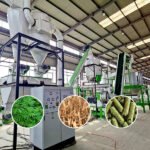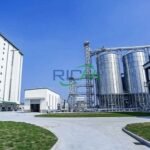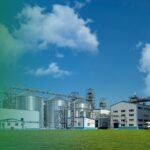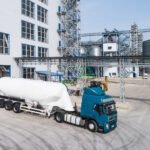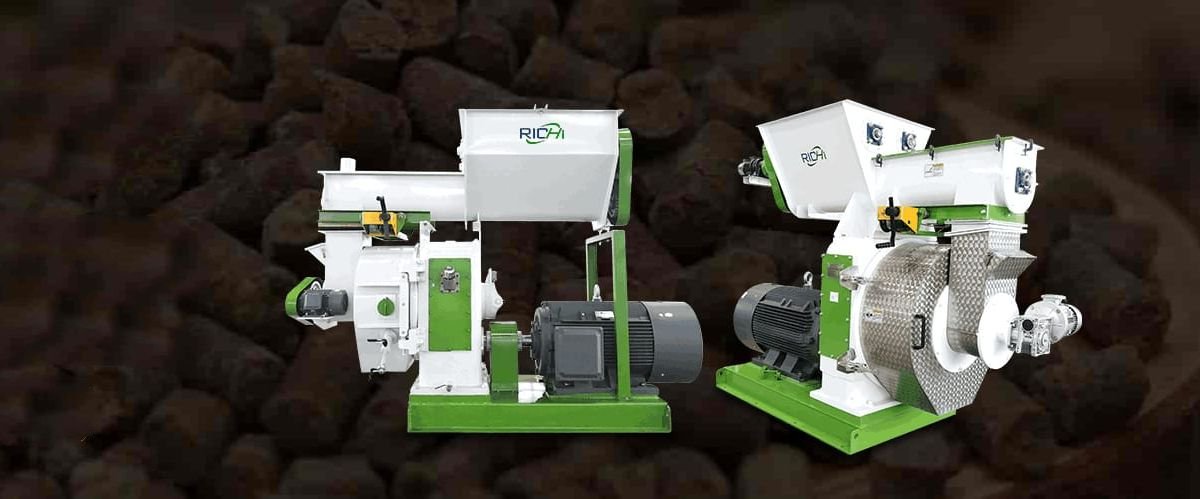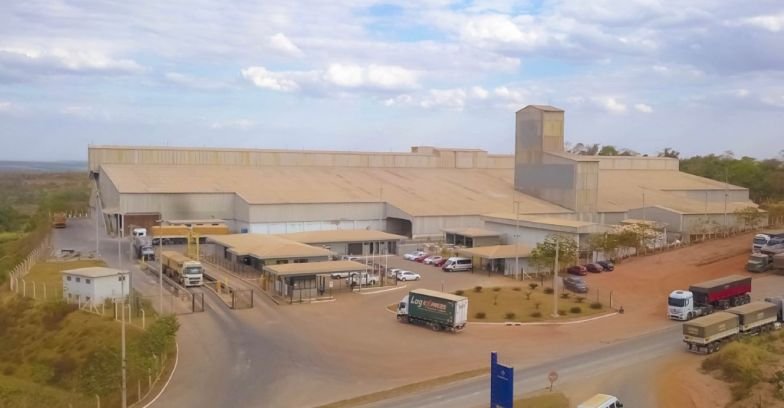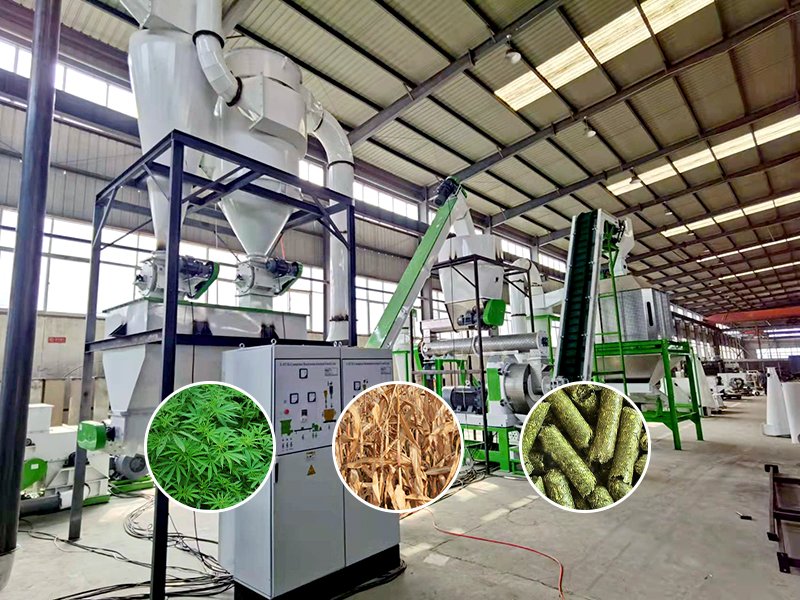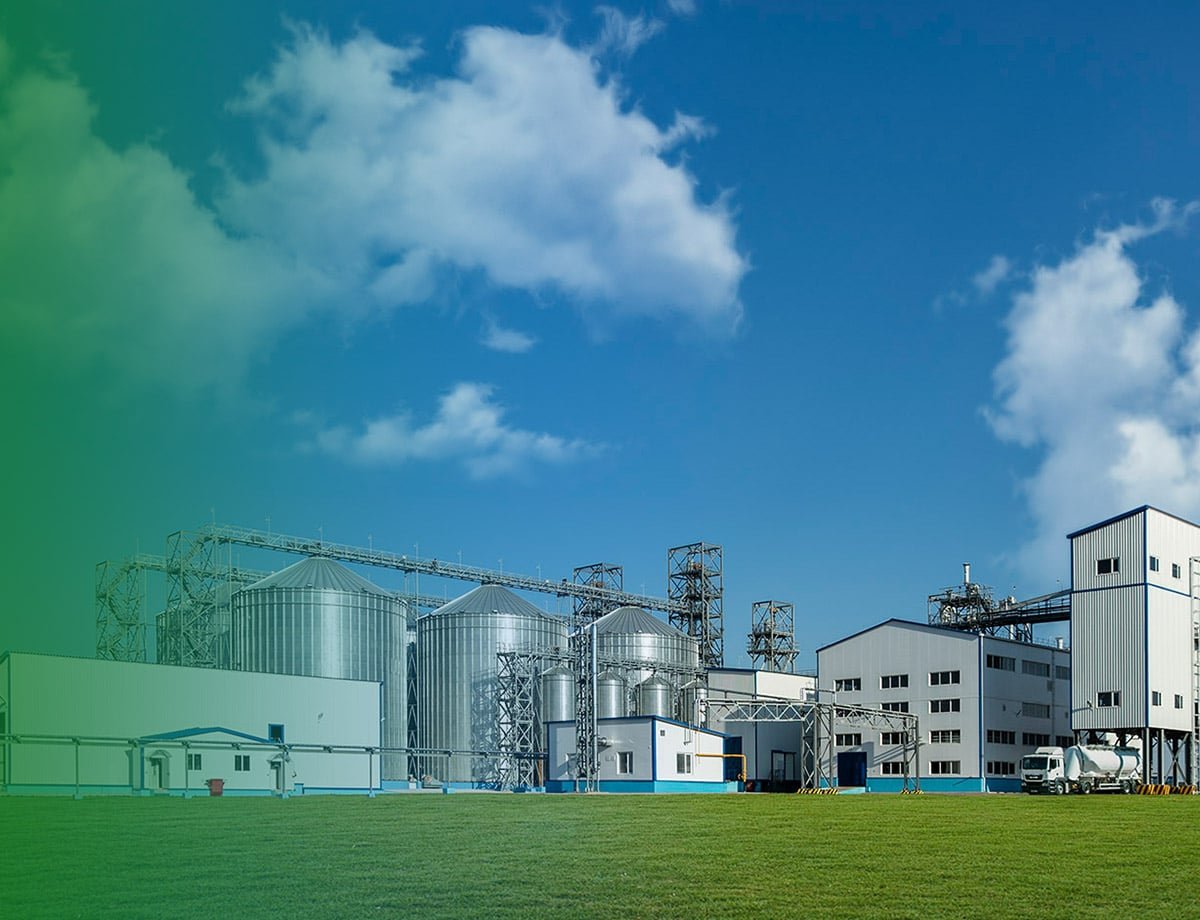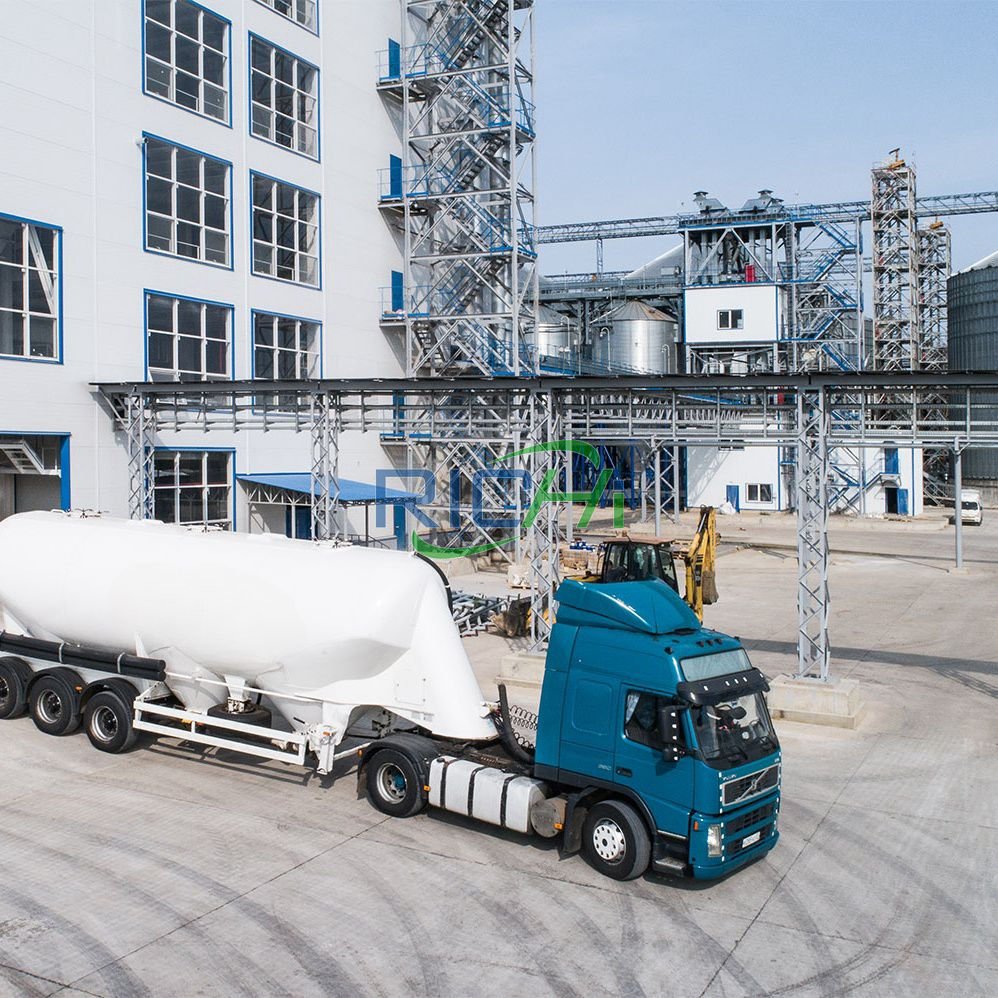Fertilizer pellet making machines are essential in modern agriculture, transforming raw materials into uniform, easy-to-handle pellets. As energy efficiency gains importance in industrial processes, it is crucial for both manufacturers and users to understand the energy consumption of these machines. This article examines the factors influencing energy consumption in fertilizer pellet making machines and discusses strategies for optimizing energy usage.
Factors Influencing Energy Consumption
Several key factors affect the energy consumption of fertilizer pellet making machines:
- Machine Capacity and Size: The size and output capacity of the machine significantly impact energy use. Larger machines with higher production capacities generally consume more energy, but they may also demonstrate greater efficiency per unit of production.
- Raw Material Properties: The characteristics of raw materials, including moisture content, particle size, and composition, affect the energy required for pelletization. Materials that are easier to compress and bind typically consume less energy.
- Pelletizing Technology: Various pelletizing technologies, such as flat die and ring die systems, have different energy requirements. Ring die pellet mills are often more energy-efficient for large-scale production.
- Motor Efficiency: The efficiency of the electric motors powering the pelletizer plays a significant role in overall energy consumption. Modern, high-efficiency motors can considerably reduce energy use.
- Operational Parameters: Factors like die temperature, roller pressure, and feed rate influence energy consumption. Optimizing these parameters can lead to substantial energy savings.
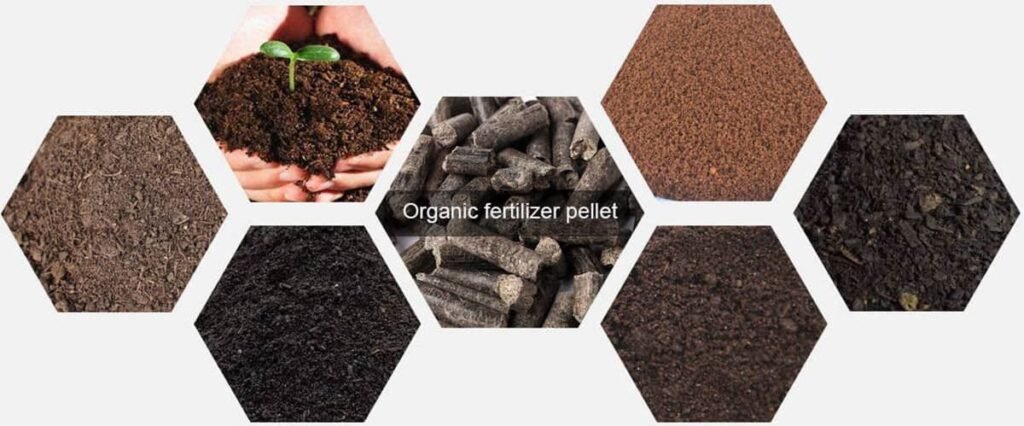
Typical Energy Consumption Metrics
Energy consumption in fertilizer pellet making machines is usually measured in kilowatt-hours per ton (kWh/ton) of pellets produced. While specific figures can vary based on the aforementioned factors, some general ranges can be observed:
- Small-scale machines (100-500 kg/h): 30-50 kWh/ton
- Medium-scale machines (500-2000 kg/h): 25-40 kWh/ton
- Large-scale industrial machines (>2000 kg/h): 20-35 kWh/ton
It’s important to note that these figures are approximations and can fluctuate based on specific machine designs and operating conditions. (Related post: fertilizer production line)
Strategies for Energy Efficiency Improvement
Manufacturers and operators of fertilizer pellet making machines continuously seek ways to enhance energy efficiency. Key strategies include:
- Advanced Motor Technologies: Implementing high-efficiency electric motors, such as IE4 or IE5 rated motors, can significantly reduce energy consumption. Variable frequency drives (VFDs) can also optimize motor performance according to load requirements.
- Improved Die and Roller Design: Innovations in die and roller design, including optimized hole patterns and surface treatments, can reduce friction and enhance pelletizing efficiency, leading to lower energy consumption.
- Pre-conditioning of Raw Materials: Proper pre-conditioning of raw materials, such as adjusting moisture levels and optimizing particle size, can decrease the energy needed during the pelletizing process.
- Heat Recovery Systems: Integrating heat recovery systems to capture and reuse waste heat from the pelletizing process can enhance overall energy efficiency.
- Automation and Process Control: Advanced automation systems can optimize operational parameters in real-time, ensuring machines run at peak efficiency under varying conditions.
Real-World Examples of Energy Efficiency
Several manufacturers have made significant advancements in enhancing the energy efficiency of their fertilizer pellet making machines:
- GEMCO Energy: The MZLH420 fertilizer pellet mill from GEMCO Energy demonstrates an energy consumption rate of approximately 30-35 kWh/ton for a production capacity of 1-1.5 tons per hour, achieved through optimized die design and high-efficiency motors.
- Bühler Group: Bühler’s DPCA series pellet mills incorporate energy-efficient features such as optimized die geometry and advanced process control systems, resulting in energy consumption as low as 25 kWh/ton for large-scale production.
- Amisy Machinery: Amisy’s organic fertilizer pellet machines utilize advanced ring die technology and efficient motor systems, achieving energy consumption rates of 28-33 kWh/ton for medium-scale production.
Challenges in Reducing Energy Consumption
Despite progress in improving energy efficiency, several challenges persist:
- Balancing Energy Efficiency and Product Quality: Reducing energy consumption should not compromise pellet quality. Achieving the right balance between efficiency and product characteristics remains an ongoing challenge.
- Initial Investment Costs: Implementing energy-efficient technologies often necessitates significant upfront investments, which can be a barrier for some manufacturers and users.
- Variability in Raw Materials: The diverse range of raw materials used in fertilizer production can complicate efforts to maintain consistent energy efficiency across different formulations.
- Regulatory Compliance: Meeting increasingly stringent energy efficiency regulations while maintaining productivity and quality standards presents a challenge for manufacturers.
Future Trends in Energy Efficiency
Several trends are anticipated to shape the energy consumption landscape for fertilizer pellet making machines:
- Integration of Artificial Intelligence (AI): AI and machine learning algorithms are expected to increasingly optimize machine operations for maximum energy efficiency.
- Advanced Materials Science: The development of new materials for dies and rollers that minimize friction and wear could result in additional energy savings.
- Hybrid and Renewable Energy Systems: Incorporating renewable energy sources and hybrid power systems may reduce the overall carbon footprint of pellet production.
- Modular and Scalable Designs: Machines designed with modular components that can be easily upgraded or replaced may facilitate more flexible and efficient operations.
Conclusion
Energy consumption in fertilizer pellet making machines is a multifaceted issue influenced by various factors, including machine design, raw material properties, and operational parameters. While considerable progress has been made in enhancing energy efficiency, further advancements are still possible.
Manufacturers and operators must prioritize optimizing energy use through technological innovations, process improvements, and best practices. As the agricultural sector faces increasing pressure to mitigate its environmental impact, the development of more energy-efficient fertilizer pellet making machines will be essential for sustainable food production.
By investing in energy-efficient technologies and adopting best practices in machine operation, the fertilizer industry can significantly reduce energy consumption, resulting in both economic and environmental benefits. As research and development in this field continue, we can expect to see even more efficient and sustainable fertilizer pellet production processes in the future.


